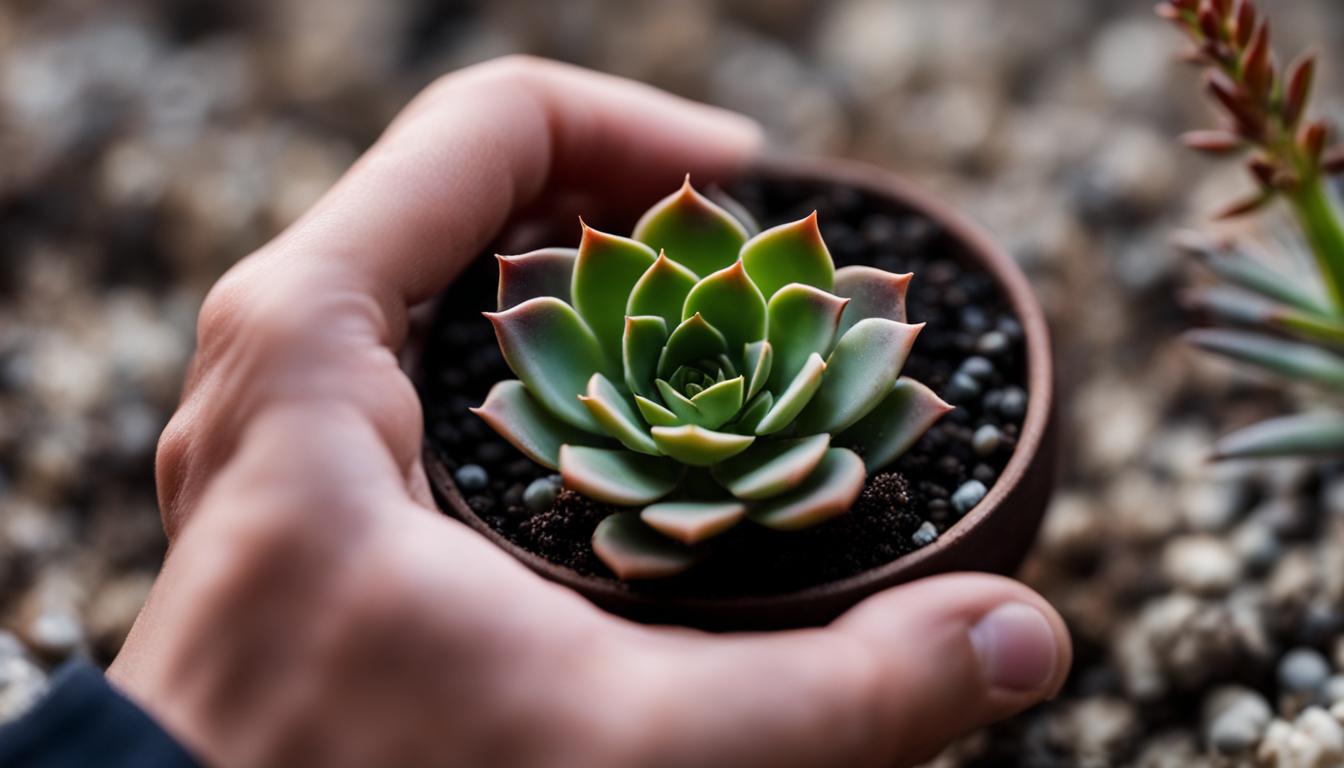
Succulent plants are known for their unique beauty and resilience, making them a popular choice for both indoor and outdoor gardens.
BUT, in order to ensure their optimal growth and health, it is crucial to use the right potting mix. The succulent potting mix plays a vital role in providing the necessary drainage and nutrient balance that these plants need to thrive.
In this article, I will guide you through the best potting mixes for succulents, including organic options and fast-draining mixes. We will also take a closer look at the key ingredients that make up a good succulent potting mix, so you can have a deeper understanding of what your plants need.
Key Takeaways:
- Succulents require a special potting mix for optimal growth and health.
- The right potting mix provides drainage and nutrient balance.
- Organic succulent soil and fast-draining mixes are great options.
- A good succulent potting mix contains specific ingredients.
- Choosing the right potting mix helps unlock thriving plants.
The Importance of Good Drainage for Succulents
Succulents are unique plants that have adapted to arid environments by storing water in their fleshy leaves. As a result, they are less dependent on continuous moisture from the soil compared to other plants. This also means that succulents are more susceptible to root rot if their potting mix does not provide good drainage.
Excess water is a major concern for succulents as it can lead to waterlogging, which deprives the roots of oxygen and causes them to rot. Root rot is a serious condition that can ultimately kill the plant if not addressed promptly. So, it is crucial to use a potting mix specifically formulated for succulents to ensure their well-being.
A good succulent potting mix should have the ability to allow excess water to flow out quickly, preventing waterlogging and root rot. It should be fast-draining, allowing water to pass through the mix without retaining excessive moisture.
This is typically achieved by using ingredients such as perlite, sand, and other coarse materials that create air pockets and promote drainage.
Proper drainage is key to the success of succulents. Without it, the roots can become waterlogged and susceptible to rot. By using a potting mix that provides good drainage, you can ensure the health and longevity of your succulent plants.
Succulent Potting Mix and Root Rot
Root rot is a common problem for succulents that are planted in a potting mix with poor drainage. When water accumulates in the potting mix and there is insufficient airflow to dry out the roots, it creates the perfect environment for the growth of harmful fungi and bacteria.
These microorganisms attack the roots, causing them to decay and ultimately leading to the death of the plant.
To avoid root rot, it is important to choose a potting mix that allows excess water to drain freely and dries out quickly. This can be achieved by using a mix that contains materials like perlite, which improves aeration and drainage, and coarse sand, which prevents the potting mix from becoming compacted.
In addition to using a well-draining potting mix, it is also essential to water succulents correctly. Succulents prefer to be watered thoroughly but infrequently.
This means that instead of giving them small amounts of water frequently, it is better to soak the potting mix completely and then allow it to dry out completely before watering again.
| Common Causes of Root Rot in Succulents | Prevention |
|---|---|
| Using a potting mix with poor drainage | Choose a potting mix specifically formulated for succulents that provides good drainage. |
| Overwatering or watering too frequently | Water succulents infrequently but thoroughly, allowing the potting mix to dry out completely between waterings. |
| Using a container without drainage holes | Ensure that the container has proper drainage holes to allow excess water to escape. |
| Planting succulents in compacted soil | Prevent soil compaction by using a potting mix that contains coarse materials like perlite or sand. |
Proper drainage is essential for the health and longevity of succulents. By using a well-draining potting mix and adopting proper watering practices, you can help prevent root rot and ensure that your succulents thrive.
Top Pre-Made Succulent Potting Mixes
When it comes to choosing the right potting mix for your succulents, pre-made options can provide convenience and ensure the perfect balance of nutrients and drainage. Here are some of the top pre-made succulent potting mixes available in the market:
| Product | Key Features |
|---|---|
| Growth Technology Cactus & Succulent Peat-Free Repotting Mix | Peat-free formula for sustainable gardening, excellent drainage properties |
| Miracle-Gro Premium Peat-Free Cactus, Succulent & Bonsai Compost | Enriched with Miracle-Gro Plant Food for optimal nutrition, promotes healthy growth |
| Bonsai Jack Succulent and Cactus Soil | Fast-draining, pH-balanced mix, ideal for a wide variety of succulents |
| Westland Potting Mix Peat-free Cacti & Succulent Compost | Peat-free and specially formulated for desert plants, retains moisture while ensuring proper drainage |
These pre-made succulent potting mixes are designed to provide the specific needs of succulents, such as fast drainage and a well-balanced nutrient profile. Whether you are a beginner or an experienced gardener, these mixes can save you time and effort in creating the perfect potting mix for your succulents.
It’s important to note that while pre-made potting mixes are a convenient option, you can also create your own mix using ingredients like loam-based compost, sharp sand, horticultural grit, and perlite.
The choice ultimately depends on your preference and the specific requirements of your succulents. Experimenting with different mixes and observing how your plants respond can help you find the best option for your succulent garden.
DIY Succulent Potting Mix Recipe
If you prefer a more hands-on approach, you can easily make your own succulent potting mix using a few simple ingredients. This DIY mix allows you to customize the soil composition to meet the specific needs of your succulents. Here’s a tried-and-true recipe:
Ingredients:
- Loam-based compost: Loam-based compost serves as the base for your potting mix and provides essential nutrients for your succulents.
- Sharp sand: Adding sharp sand to the mix enhances drainage and prevents waterlogging, helping to prevent root rot.
- Horticultural grit: Horticultural grit is another excellent addition to the potting mix, providing additional drainage and stability for your succulents.
- Perlite: Perlite is a lightweight volcanic rock that improves aeration and promotes root development by preventing soil compaction.
To create your DIY succulent potting mix, simply combine equal parts of loam-based compost, sharp sand, horticultural grit, and perlite in a large container.
Mix the ingredients thoroughly until well combined. Use this mixture as the planting medium for your succulents, ensuring that the soil is well-draining and allows excess water to flow freely.

Benefits of DIY Potting Mix:
“By making your own succulent potting mix, you have control over the exact composition of your soil. This allows you to tailor the mix to the specific needs of your succulents, ensuring optimal growth and health.”
Using a loam-based compost as a base provides essential nutrients, while the addition of sharp sand, horticultural grit, and perlite improves drainage, prevents root rot, and promotes healthy root development.
DIY potting mixes are cost-effective and give you the freedom to experiment with different ratios and ingredients to find the perfect blend for your succulents.
Creating your own succulent potting mix is a rewarding and cost-effective way to ensure the health and vitality of your succulent plants.
By combining loam-based compost, sharp sand, horticultural grit, and perlite, you can customize the mix to meet the specific needs of your succulents, providing excellent drainage and promoting root development.
Experiment with different ratios and ingredients to find the perfect blend for your succulents, and enjoy watching them thrive in their specially formulated potting mix.
Enhancing Drainage with Sand, Perlite, and Grit
When it comes to creating the perfect potting mix for succulents, enhancing the drainage capabilities is essential. Sand, perlite, and grit are three commonly used additives that can greatly improve the drainage of your succulent soil. Let’s take a closer look at each of these components:
- Sand: Adding sand to your potting mix helps to increase the drainage capacity by creating larger pore spaces in the soil. It prevents water from pooling around the roots of your succulents, reducing the risk of root rot. One popular option for sand is RHS Horticultural Sharp Sand, known for its excellent drainage properties.
- Perlite: Perlite is a volcanic rock that has been heated and expanded to create lightweight and porous particles. Its inclusion in your potting mix helps to improve aeration and drainage. Gro Sure Perlite is a trusted brand that offers high-quality perlite for succulent gardening.
- Grit: Horticultural Alpine Grit is a common choice when it comes to enhancing the drainage of succulent potting mixes. Grit is composed of small, angular stones that create additional air pockets in the soil, improving drainage while providing stability to the plants.
“By incorporating sand, perlite, and grit into your succulent potting mix, you can create an environment that mimics the natural habitat of these plants, ensuring their optimal growth and preventing water-related issues.”
It’s important to note that the ratio of sand, perlite, and grit will depend on the specific needs of your succulent species, as well as the existing composition of your potting mix. Experimentation may be necessary to find the perfect balance for your plants.
| Advantages | |
|---|---|
| Sand | Enhances drainage by creating larger pore spaces in the soil |
| Perlite | Improves aeration and drainage, lightweight |
| Grit | Provides stability and additional drainage |
Remember, while sand, perlite, and grit are excellent additives for enhancing drainage, they should be used in conjunction with a well-balanced potting mix that includes organic matter and nutrients to support the overall health of your succulents.
Growing Succulents Indoors and Outdoors
Successfully growing succulents requires understanding the optimal conditions for their growth, whether they are cultivated indoors or outdoors. Let’s explore the key factors to consider when growing succulents, including the best time to plant them and the ideal growing conditions for each environment.
Growing Succulents Indoors
When growing succulents indoors, it’s important to provide them with a sunny spot where they can receive at least six hours of indirect sunlight each day. Place them near a south-facing window or use grow lights to ensure they get the light they need.
Well-drained soil is crucial for indoor succulents, as it helps prevent overwatering and root rot. To achieve this, use a fast-draining potting mix specifically formulated for succulents or create your own using a mix of loam-based compost, sand, perlite, and horticultural grit.
Growing Succulents Outdoors
Outdoor succulents thrive when planted during the spring and summer months, when they are in their active growth phase. These plants benefit from a warm and sunny environment, but it’s essential to choose succulent varieties that can tolerate the specific climate and moisture levels of your region.
In areas with high humidity, selecting succulents with a natural affinity for moisture can help prevent issues caused by excessive dampness.
By understanding the unique requirements of growing succulents indoors and outdoors, you can create the perfect conditions for these fascinating plants to thrive.

| Growing Environment | Best Time to Plant | Ideal Growing Conditions |
|---|---|---|
| Indoors | All year round | Sunny spot with at least six hours of indirect sunlight, well-drained potting mix |
| Outdoors | Spring and summer | Warm and sunny environment, succulents that tolerate regional climate and moisture levels |
Planting and Caring for Succulents
When it comes to planting and caring for succulents, proper techniques and attention to detail are essential for their growth and longevity. To ensure successful cultivation, it’s important to prepare the soil, plant the succulents correctly, provide adequate care, and meet their light requirements.
Preparing the Soil for Succulents
The first step in planting succulents is to prepare the soil. Succulents require lightweight and well-draining soil to prevent waterlogging, which can lead to root rot.
A suitable option is to mix Miracle-Gro® Garden Soil for Cactus, Palm & Citrus into the potting mix. This blend improves the soil’s density and provides added nutrition, promoting healthy growth for your succulents.
Planting Succulents
When planting your succulents, it’s important to place them at the right soil depth. The crown of the succulent, where the leaves meet the stem, should be slightly above the soil surface. This prevents the base of the plant from sitting in moisture, reducing the risk of rot.
After planting, water lightly, allowing the soil to dry out before the next watering. Overwatering can be detrimental to succulents, so it’s crucial to find the right balance.
Providing Adequate Care and Meeting Light Requirements
Caring for succulents involves providing them with the right conditions to thrive. Succulents prefer bright light, so placing them in a sunny spot is essential, especially for indoor succulents. Outdoors, make sure to choose a location that receives adequate sunlight.
Succulents are adapted to arid environments and have low water requirements. Water sparingly, allowing the soil to dry out between waterings, and avoid excessive moisture.
Caring for succulents also involves occasional fertilization. During the growing season, you can provide a diluted succulent fertilizer every few weeks to promote healthy growth. It’s important to follow the manufacturer’s instructions for proper application.
By preparing the soil, planting succulents correctly, providing adequate care, and meeting their light requirements, you can ensure the health and long-term success of your succulent collection.
| Planting and Caring for Succulents | Summary |
|---|---|
| Preparing the Soil for Succulents | Use lightweight and well-draining soil, mix in Miracle-Gro® Garden Soil for Cactus, Palm & Citrus for added nutrition. |
| Planting Succulents | Place succulents slightly above the soil surface, water lightly, and avoid overwatering. |
| Providing Adequate Care and Meeting Light Requirements | Place succulents in a sunny spot, water sparingly, and fertilize occasionally during the growing season. |
Propagating Succulents and Common Problems
When it comes to propagating succulents, it’s as easy as snipping off small baby plants or offsets and potting them separately. This method allows you to expand your succulent collection and share the beauty of these plants with others.
Whether you’re a seasoned gardener or a beginner, propagating succulents is a rewarding and enjoyable process.
Like any plant, succulents can also face common problems. One of these issues is vine weevils, which can wreak havoc on your succulent collection.
These pesky pests feed on the roots of succulents, leading to poor growth and even death. To prevent vine weevils, it’s important to choose the right soil for your succulents and implement mulching techniques to deter these insects.
When caring for succulents, it’s crucial to provide them with the right conditions. Proper watering, adequate sunlight, and well-draining soil are essential for their health and growth.
Overwatering can cause root rot, while insufficient light can result in etiolation, where the plants become stretched and weak. By understanding the needs of your succulents and providing the necessary care, you can enjoy thriving and beautiful plants.
One popular succulent variety that deserves a special mention is Aloe vera. Not only is this plant visually appealing, but it also has medicinal properties. Aloe vera gel, extracted from the leaves, is renowned for its soothing effect on sunburns and minor skin irritations.
Growing Aloe vera indoors as a houseplant allows you to have this natural remedy at your fingertips whenever you need it.
After reading this, check out our other articles on:
- Learn How to Make Well-Draining Soil Mix for Healthy Plants
- Organic Potting Soil for Healthy Plants to Boost Your Greens
FAQ
What type of potting mix should I use for succulents?
Succulents require a special potting mix that provides good drainage. Look for potting mixes specifically formulated for succulents, such as the Growth Technology Cactus & Succulent Peat-Free Repotting Mix or the Miracle-Gro Premium Peat-Free Cactus, Succulent & Bonsai Compost.
Why is good drainage important for succulents?
Succulents store water in their fleshy leaves and can be sensitive to overwatering. Good drainage prevents waterlogging and root rot, which can be detrimental to succulents.
What are some popular pre-made succulent potting mixes?
Some popular options include the Bonsai Jack Succulent and Cactus Soil, the Westland Potting Mix Peat-free Cacti & Succulent Compost, and the Miracle-Gro Premium Peat-Free Cactus, Succulent & Bonsai Compost.
Can I make my own succulent potting mix?
Yes, you can make your own succulent potting mix by combining a loam-based compost with equal parts of sharp sand, horticultural grit, or perlite. This DIY mix ensures good drainage and moisture balance for your succulents.
How can I enhance drainage in my succulent potting mix?
You can enhance drainage by adding sand, perlite, or grit to your potting mix. Sand improves drainage, perlite increases aeration, and grit provides stability. Consider using products like RHS Horticultural Sharp Sand, Gro Sure Perlite, or Horticultural Alpine Grit for better drainage.
Can I grow succulents indoors and outdoors?
Yes, succulents can be grown both indoors and outdoors, depending on the specific varieties and growing conditions. It is important to choose varieties that can tolerate the moisture levels if growing succulents in humid climates.
How do I plant and care for succulents?
When planting succulents, use lightweight and well-draining soil. You can mix in Miracle-Gro® Garden Soil for Cactus, Palm & Citrus to improve soil density and provide added nutrition. Plant at the right soil depth and water lightly. Make sure to provide sufficient light, especially for indoor succulents.
How can I propagate succulents? What are some common problems?
Succulents can be easily propagated by snipping off small baby plants or offsets and potting them separately. Common problems when growing succulents include vine weevils, which can be controlled with proper soil choice and mulching techniques. Aloe vera, a popular succulent with healing properties, can be grown indoors and used for its gel to soothe sunburns.

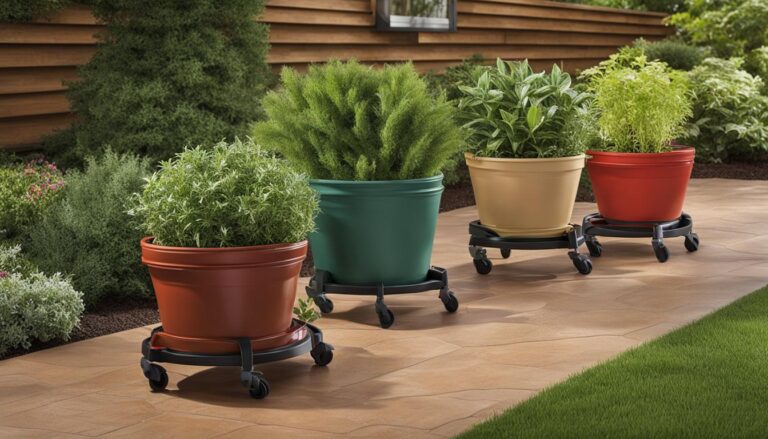
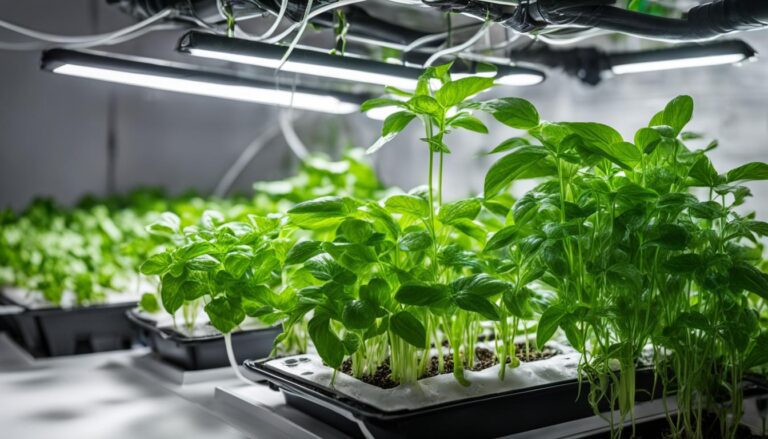
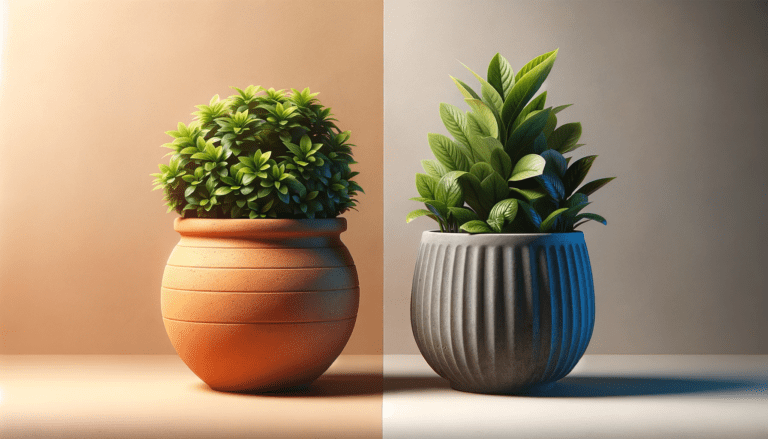
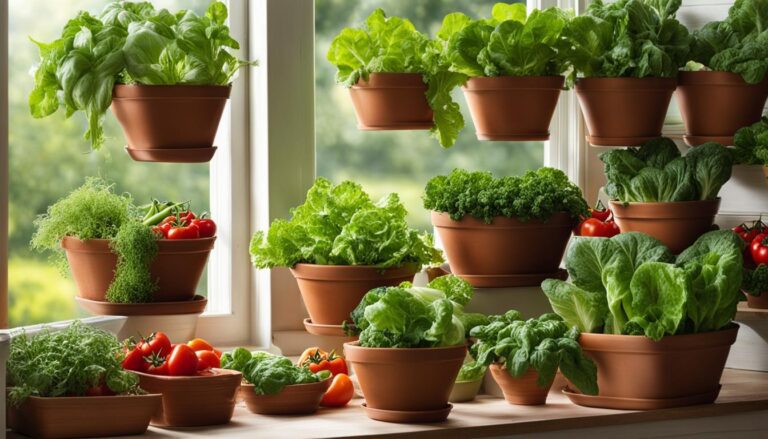
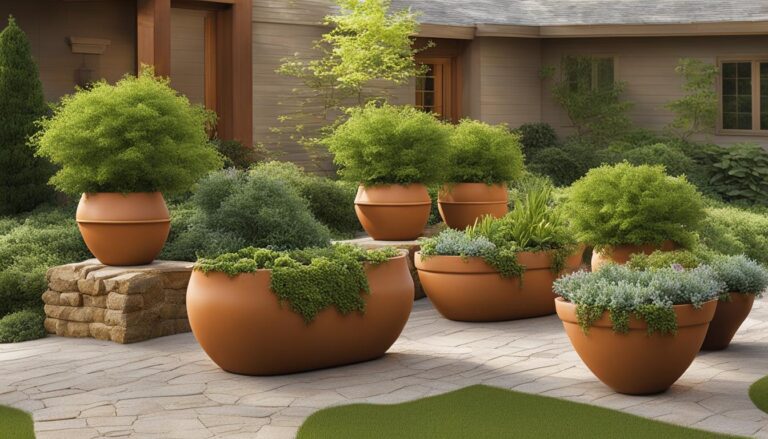

3 Comments